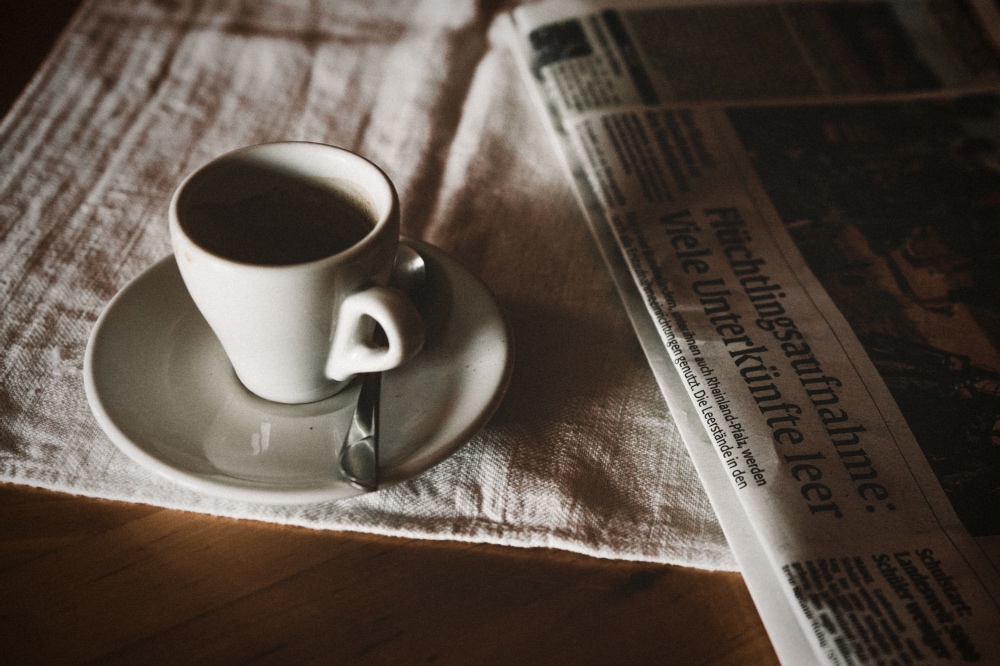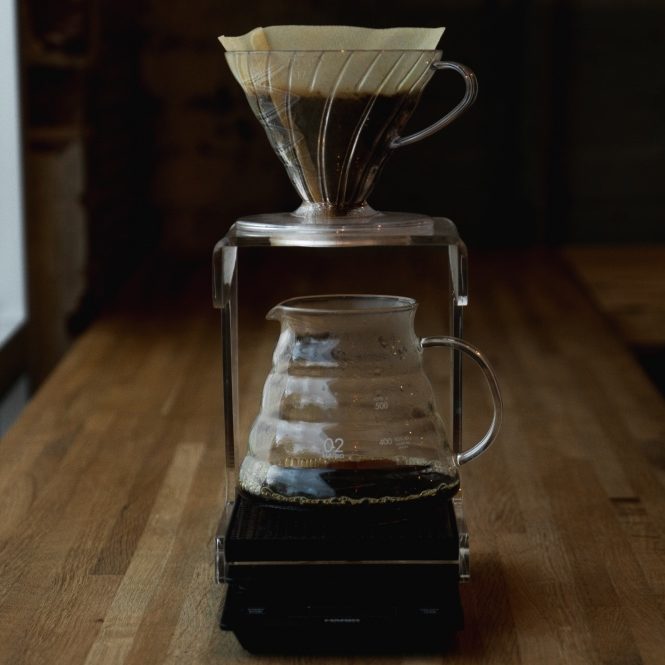Espresso, the strong coffee that’s served in small doses, is known for bringing out lively flavors from coffee beans. Used in many mixed beverages and enjoyed on its own, espresso may be the most challenging, complex, versatile and rewarding way of brewing coffee. Here’s a guide to this well-loved form of coffee that we at Driftaway Coffee can never have enough of.
What is Espresso?
Espresso is technically defined by the way the coffee is brewed. Rather than steeping grounds in water or pouring water over grounds, espresso is made by forcing steam through coffee grounds.
This makes it one of the few brewing techniques that use pressure. Pressure makes the process more complex, for it introduces another variable. It also makes the resulting cup of coffee more lively and dynamic when espresso is made well.
Espresso is brewed in small doses, called “shots.” Compared to typical American cups of coffee, a shot of espresso is much smaller and much stronger. One shot also has about 70 percent as much caffeine as a brewed 6-ounce cup of coffee.
How Do You Make Espresso?
Espresso shots are pulled with an espresso machine. A specialized machine is needed to generate steam and force the steam through the coffee grounds. In addition to an espresso machine, it’s also necessary to have a portafilter, tamper, dump box, scale and espresso grinder.
We’ve written an in-depth guide on how to brew espresso. In general, coffee is ground fresh and fine. It’s then tamped into the portafilter, which is put into the espresso machine’s grouphead. The process of actually brewing the coffee usually takes between 10 and 30 seconds. (A ristretto shot, which is sweeter than a standard shot, is pulled faster than normal shots of espresso.)
Can Espresso Be Made Without an Espresso Machine?
If you don’t have an espresso machine (which can be expensive) at home, you can make a similar brew with the Aeropress or a moka pot.
The Aeropress also incorporates pressure into the brew method. It just doesn’t rely on a machine to generate steam. Instead, the user generates the pressure by pushing down on the Aeropress during brewing.
We also have an in-depth review of the Aeropress. As the Aeropress has become popular (thanks largely to its ability to mimic espresso), users have created many recipes for making espresso and other types of coffee with it.
The moka pot is used on a stove top and has three chambers. Water in the bottom chamber is heated to boiling, at which point the steam passes through coffee grounds in a middle chamber. The resulting espresso bubbles up into a top chamber. Here’s our brewing guide for moka pots.
What Drinks is Espresso Used In?
Espresso is used in a wide array of drinks. As mentioned, it’s sometimes enjoyed on its own, as either a single or double espresso. It can also be used to make:
- Lattes
- Cappuccinos
- Mochas
- Other flavored espresso drinks
- Americanos
- Espresso tonics and other new-age coffee drinks
It’s also delicious over ice cream or incorporated into baked goods.
What Coffee Should Be Used for Espresso?
Because espresso pulls out nuanced flavors from coffee, it’s important to use freshly roasted coffee when making espresso. For, freshly roasted coffee has a lot more flavor than old coffee that’s become stale.
To get freshly roasted coffee that’s well-suited for making espresso delivered to your front door regularly, sign up for one of our subscription plans.


